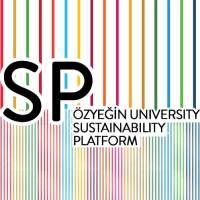Human-to-robot Skill Transfer Through Adjustably Physically-Elastic Robot for Humanoid and Self-Secure Manipulation Capability

Project Manager:
Assoc. Prof. Erhan Öztop
Section:
Computer Science
Research Areas:
cognitive neuroscience, human-machine interface, computational study and analysis of intelligent behavior, robotics and machine learning
Project Start Year:
2017
Project End Year:
Devam
Phone:
0216 564 93 92
E-Mail:

About the Project:
The optimization criterion which humans use to adjust their whole-body motions so that they could manage postural dynamic perturbations is unknown to a great extent. Moreover, the individuality of this criterion has not been explored yet. In this project, we aim to identify the cost function caused by dynamic postural perturbations which might result in falls and injuries in humans and to verify the optimality criteria on a humanoid robot. Previous computation engine control research has focused on arm-reaching using the force field adaptation framework. Confined setups typically do not take into account the most important determinants of ecological fitness, such as risk of injury and neural computational energy, so it may not be sufficient to explain the exact nature of human motor control. During full body movement, reverse engineering will be applied in the optimization criteria of human subjects. The experimental task of the subjects will be to perform squat-to-stand movements without stepping. In addition to normal activity, experiments will involve tests with perturbations based on insignificant body-state. Therefore, it will be necessary for the subjects to adapt to this activity. Our results will demonstrate how people perform a trade-off between danger, energy and task satisfaction. Since the ultimate goal of an organism is to maximize ecological fitness, all motor adaptations must be causally related to this fitness. Our results will provide the first computational link between sensorimotor adaptation and reinforcement learning for fitness maximization. This can enhance several robotic technologies, facilitating the design of robotic structures that are safe and acceptable by humans.
Project Finding:
As the project is still ongoing, its findings haven't been available yet.
Goal:
SDG 9
